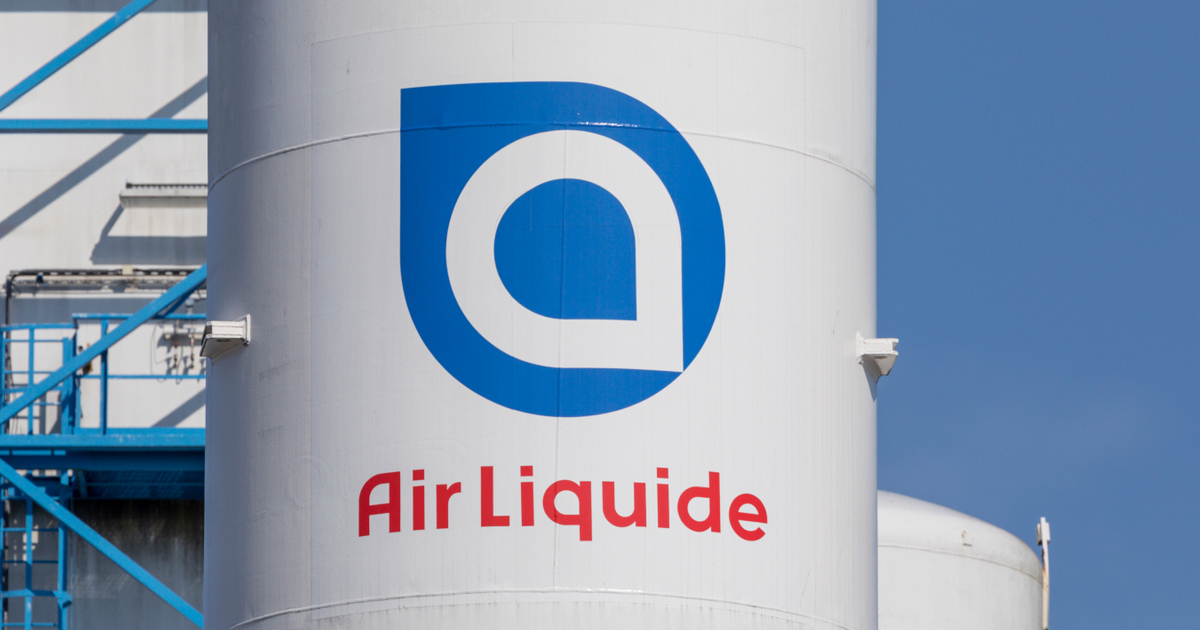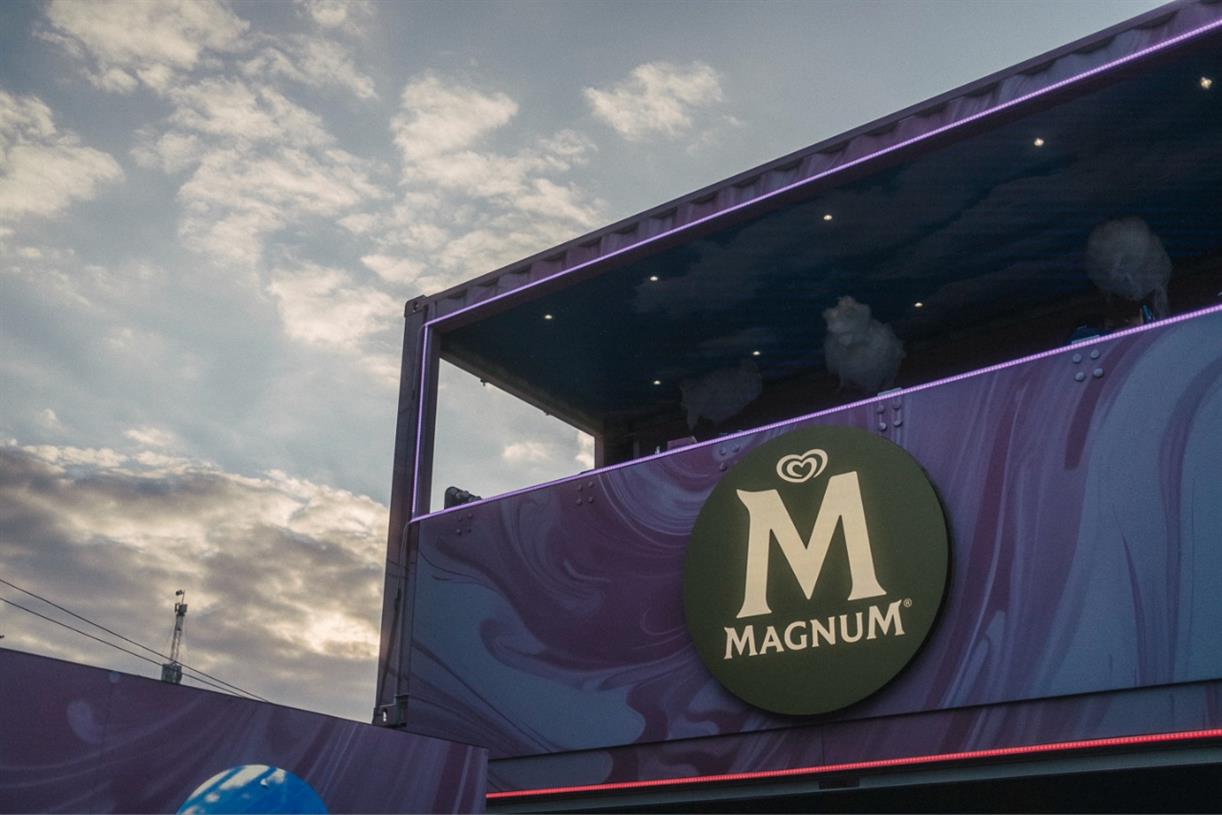Why Lowe’s isn’t replacing its CMO following Marisa Thalberg’s exit
Lowe's is not replacing its CMO as it restructures its marketing under merchandising and parts ways with Marisa Thalberg.

After two years as the chain’s top marketer, Marisa Thalberg has left Lowe’s, part of a broader shift at the home improvement store. Working as executive VP, chief brand and marketing officer, Thalberg pushed Lowe’s into new territory, spearheading innovative marketing ideas such as Petco shop-in-shops, a Valentine’s Day date night, and Halloween trick-or-treating. Her departure signals a move away from such outside-the-box concepts. It also reveals an organizational restructuring for Lowe’s, which said it will not replace the CMO role. Instead, marketing will move under merchandising.
“To improve alignment across the business and position Lowe’s for success, we need deep integration between marketing, merchandising and stores,” a company spokesman said in a statement. “Lowe’s has realigned marketing under merchandising, led by Bill Boltz, executive vice president, merchandising.”
The chain also said that longtime Lowe’s executive Jen Wilson, senior VP, brand and customer marketing, was promoted to senior VP, enterprise brand and marketing, the top marketing position, where she will report to Boltz.
After seeing sales soar during the pandemic as consumers invested in home projects, Lowe’s has recently come back down to earth. Last month, the retailer reported $27.5 billion in quarterly net sales, a slight decline of 0.3% compared to the year-earlier period.
CNBC first reported news of Thalberg’s exit.
Lowe’s CMO change follows similar reorganizations at other companies in recent months. In the spring, Kohl’s announced it had parted ways with Greg Revelle, who served as CMO for five years. He was replaced on an interim basis that became permanent last month by Christie Raymond, Kohl’s executive VP, customer engagement, analytics and insight. Planet Fitness also saw the departure of its CMO Jeremy Tucker as part of a marketing restructuring that included a return to Barkley, its former agency.
There years ago, the CMO role appeared to be in danger when several large marketers, including Johnson & Johnson, Beam Suntory and Hyatt Hotels, began phasing out the role and consolidating duties into other departments. Many brands were also adding new titles around growth, experience and brand.
However, the pandemic, and its requirement for innovative thinking and strategic branding, appeared to revitalize the CMO role. Now, with pre-pandemic consumer behavior returning, along with fears of a recession and new economic turmoil causing tightening purse strings, CMOs may again be in trouble.
The decision to group marketing under merchandising is one that has occasionally happened in retail but has been less common recently, according to Richard Sanderson, a consultant in the marketing, sales and communications officer practice in North America at executive recruiting firm Spencer Stuart. A decade ago, it was the norm for many grocery brands, he said, noting that “marketing was really driving weekly promotions and print circulars.”
Kroger’s Stuart Aitken heads both marketing and merchandising, for example, in his role as senior VP and chief merchant and marketing officer.

 KickT
KickT 
































